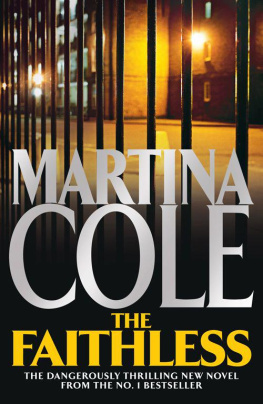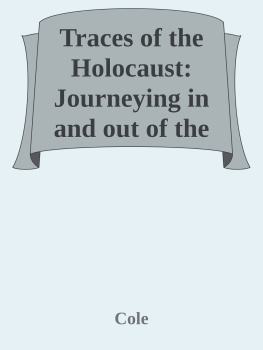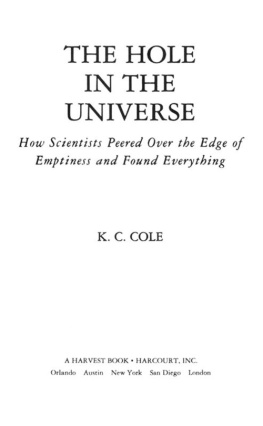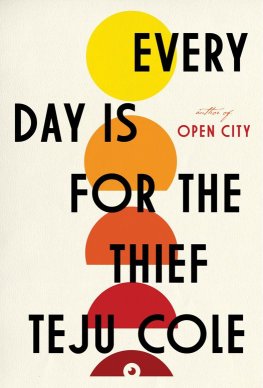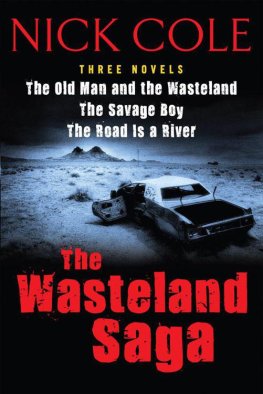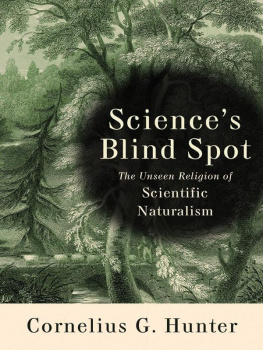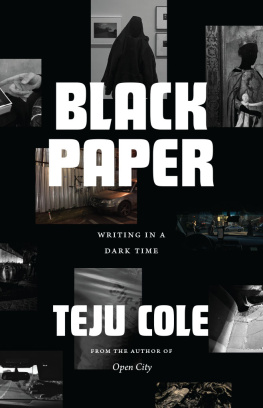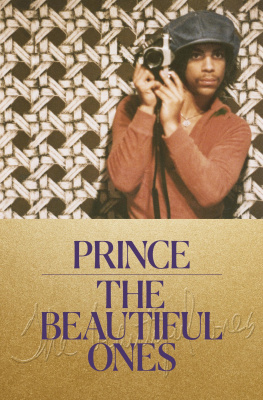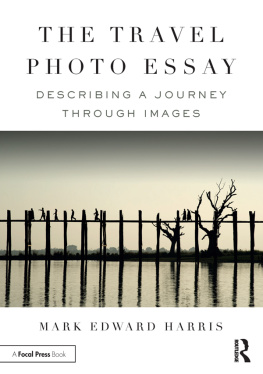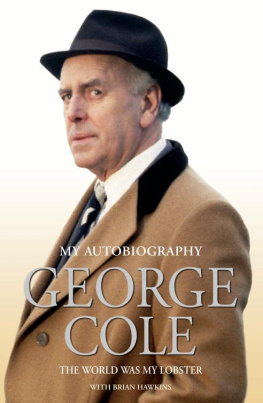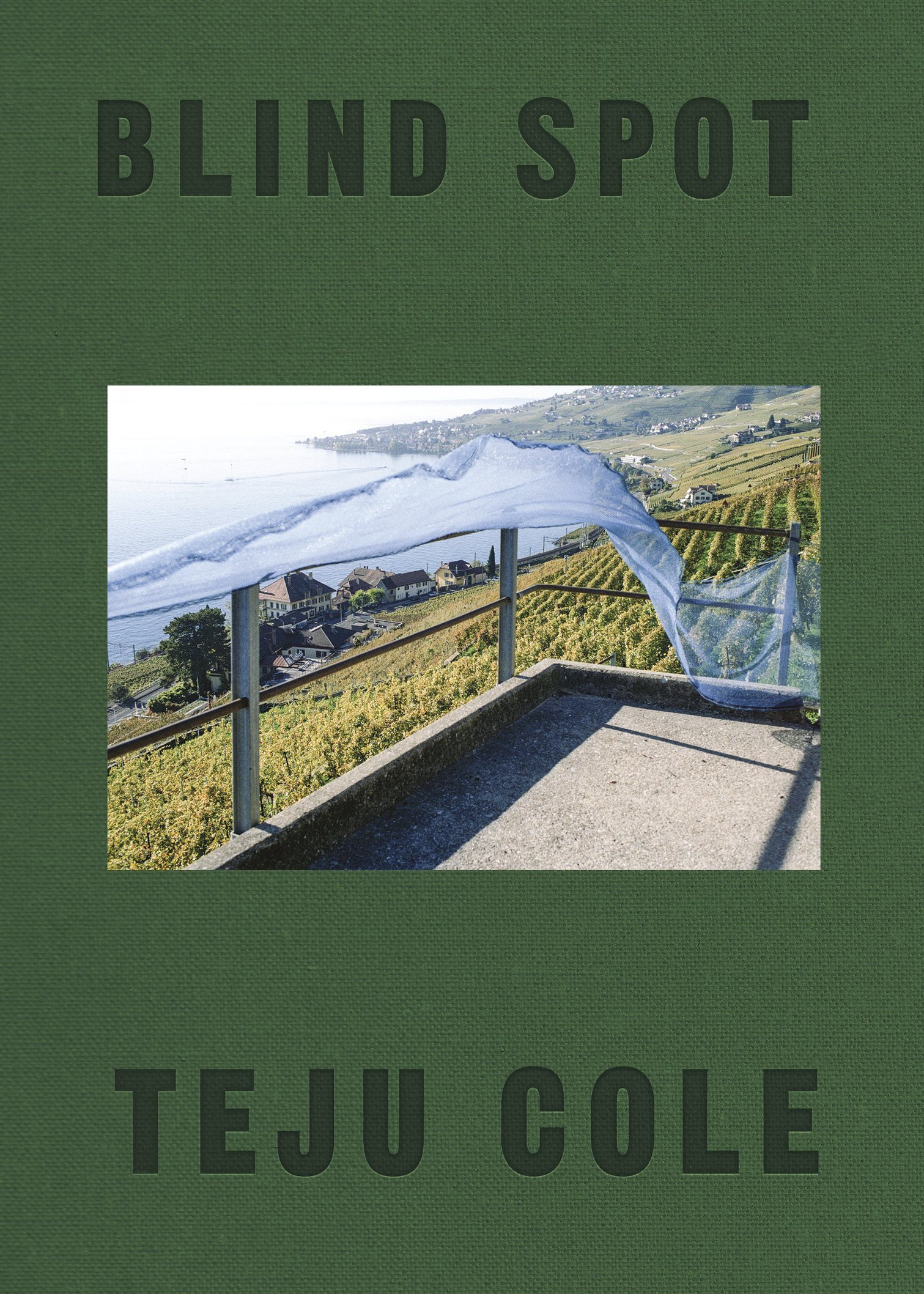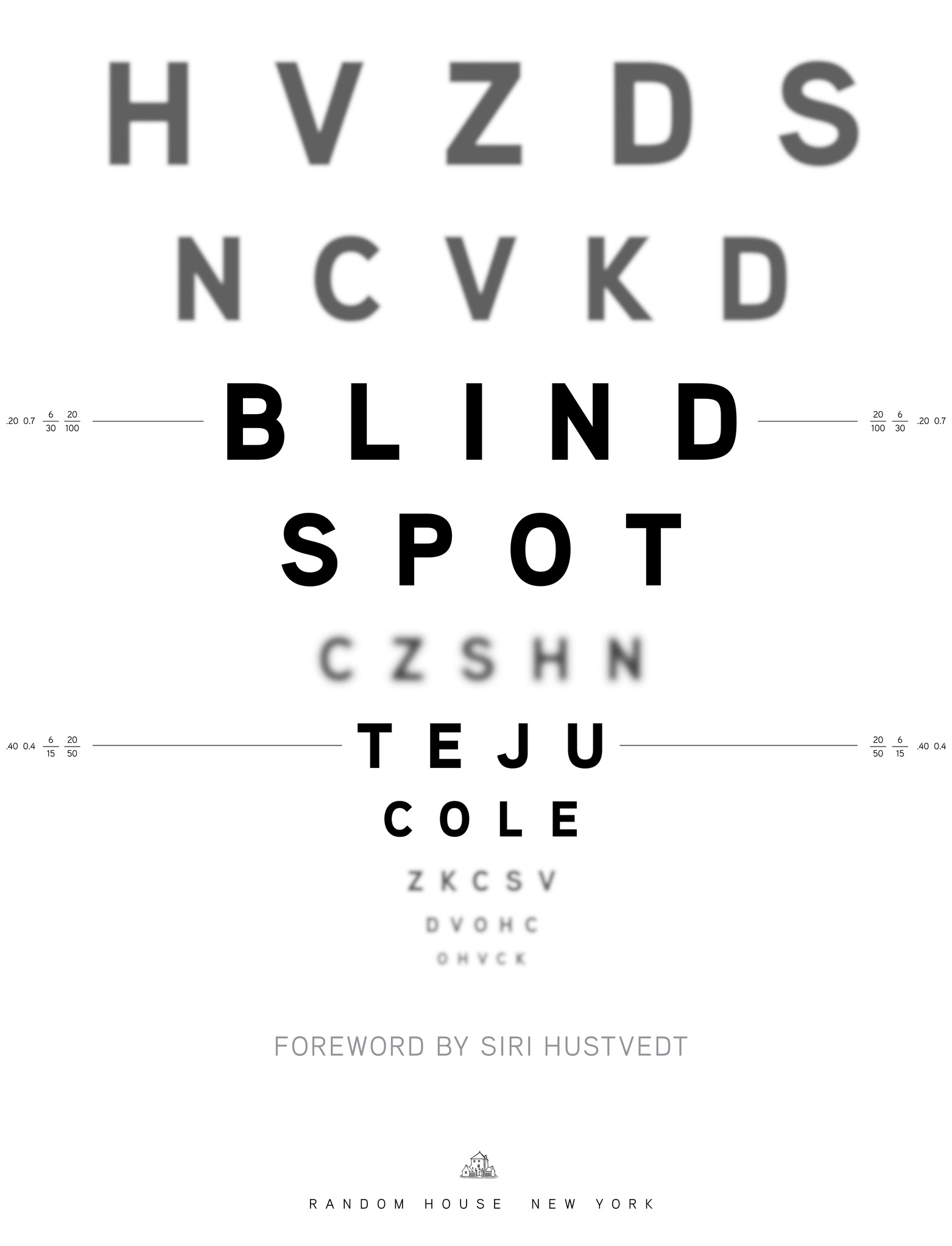This is a work of nonfiction. Some names and identifying details have been changed.
All rights reserved.
Published in the United States by Random House, an imprint and division of Penguin Random House LLC, New York.
R ANDOM H OUSE and the H OUSE colophon are registered trademarks of Penguin Random House LLC.
Text permission credits are located on .
Names: Cole, Teju.
Title: Blind spot / Teju Cole.
Identifiers: LCCN 2016032505 | ISBN 9780399591075 (hardback) | ISBN 9780399591082 (ebook)
Subjects: LCSH: Travel photography. | International travel. | Cole, TejuTravel. AuthorsUnited StatesTravel. | African American authorsTravel.
FOREWORD
Siri Hustvedt
Inside each human eye and the eyes of other vertebrates, there is a blind spot where the retina meets the optic nerve. This area, the optic disc, is insensitive to light and receives no visual information. Every person should therefore experience a significant blind spot in her or his visual fieldabout the size of an orange held at arms length. And yet, normally sighted people do not walk around with holes in their vision. Somehow the absence is filled. The unanswered question is: How? The hypotheses vary, and they depend on a larger understanding of the human organism and its relation to what lies beyond its skin. There are ongoing arguments about whether we see the world directly or whether we see an internally generated representation of the world. The arguments on either side are complex, nuanced, unresolved, and, depending on how you frame the problem, not necessarily contradictory.
There is considerable evidence, however, that perception is not purely passivethat we not only take in the world, we also make it, and that learning is part of that creativity. Experience establishes patterns of repetition, and those repetitions become recognitions that in turn generate predictions about the world. Sometimes our predictions fail, and we are surprised. Every human being has had moments when the familiar is rendered suddenly strange or one thing is mistaken for another. I once walked toward my own reflection, fully convinced it was another person. My error was the result of my disorientation in space, which in turn disrupted my expectations about what was what and, in this case, who was who.
Such delusions prompt philosophical as well as physiological questions. What is seeing? What is inside the looking person and what is outside him? How do we parse what we see? We see the world, Teju Cole writes in this book. This simple statement becomesa tangled tree of meanings. Which world? See how? We who? In the photo that accompanies the text, I see the nose of a red car parked behind a white van against a white wall. On the van is an enlarged photograph of a classroom with a few students in orange uniforms working quietly at their desks. I look into the recesses of that room and know I am seeing an illusion of depth on the vehicles nearly flat surface. Because the image is not a painting, I also know that the room existed somewhere at some time, but that place is elsewhere. I am seeing a photograph inside a photograph, a world within a world, but also an uncanny displacement of one space with another. And then I have the further thought: the van, not its representation, but the one that exists in the world, carries that image of a classroom along with it on the road.
By the time I reached the words We see the world and the corresponding image taken in So Paulo in March 2015, I had arrived on of this book, and I had already circled the globe. Teju Cole really gets around, I said to myself. In three years, he has ricocheted from Seoul to London to Lagos to Capri to Selma, among many other destinations. I had to look up the names of some of the towns he mentions and locate them on the map to orient myself. Teju Cole jets from city to city. Teju Cole explores one outpost after another, and Teju Cole punctuates these flying leaps with visual and written records. The cameras eye is not the human eye. The camera takes in everything inside its frame. We do not. Human beings have poor peripheral vision. Details vanish because we cannot focus on everything at once. Sequences blur. We pay attention to what is most salient for usa donut takes on a charm when we are hungry that it doesnt have when we are not hungry. We are prone to cultural biases. They vary from place to place, are notoriously stubborn, and are often unconscious. Sexism and racism are born of skewed perceptions, of overvaluing masculinity and whiteness and treating them as absolute categories, which they are not. We, all of us, are prone to these debilitating forms of blindness.
When the shutter clicks, the world stops in a frame. Once they have been written, words, too, are fixed. And yet, pictures and words are dormant until they are seen and read. I, the viewer-reader, animate the book, and, as long as I am alive, I am a body in motion. The books rhythm is established from its first sentence and its first photograph. It is the rhythm of a peripatetic philosopher, the itinerant thinker who puts one foot in front of the other. The bodys kinetic music is not separable from thoughts or their metaphors. The feet move, and mental connections are made step by step. There is a secret tie or union among particular ideas, which causes the mind to conjoin them more frequently, and makes the one, upon its appearance, introduce the other, wrote David Hume. But the steps made in this book are not those of deductive or inductive logic. I follow a meandering, not a straight, path, one that branches into many paths, paths that then cross and recross over the course of my journey through the book.
From the beginning, I read and I look. I find a tangled tree of meanings between text and image, a metaphorical wood. On the first page, I am in New York State, a small town called Tivoli. In the photograph, I see the shadows of a trees bare branches that sprout into a road. Beyond that road, I see a hedge with its first fuzz of tiny leaves. A white house rises beyond the hazy hedge-screen. I begin to read, Spring, even in America, is Japanese. Really? Thats a surprising sentence. But when I look at the photograph, the trees shadow evokes the countless images of branches in Japanese art, usually in full spring flower. (Here the blossoms are implied by the association but are absent from the image.) Spring, the time of birth, of bloom, of stirring motion.
It is not only the leaves that grow, Cole writes. Shadows grow also. Everything grows, both what receives the light, and what is cast by it. This light and the lengthening shadows it creates are followed by a similethe more of the world proliferating like neural patterns. I am taken from one scale to another, from tree shadows in a road to the brain hidden inside my skull with its billions of tiny neurons and their branching axons and dendrites. Next, I read that spring is the most melancholy season and am hurtled back to Sparta in the seventh century and to the words of the poet Alkman, who worried about food. Alkmans poetry consists of fragments, word rubble from a vanished age: [?] made three seasons, summer / and winter and autumn third / and fourth spring when / there is blooming but to eat enough / is not.




